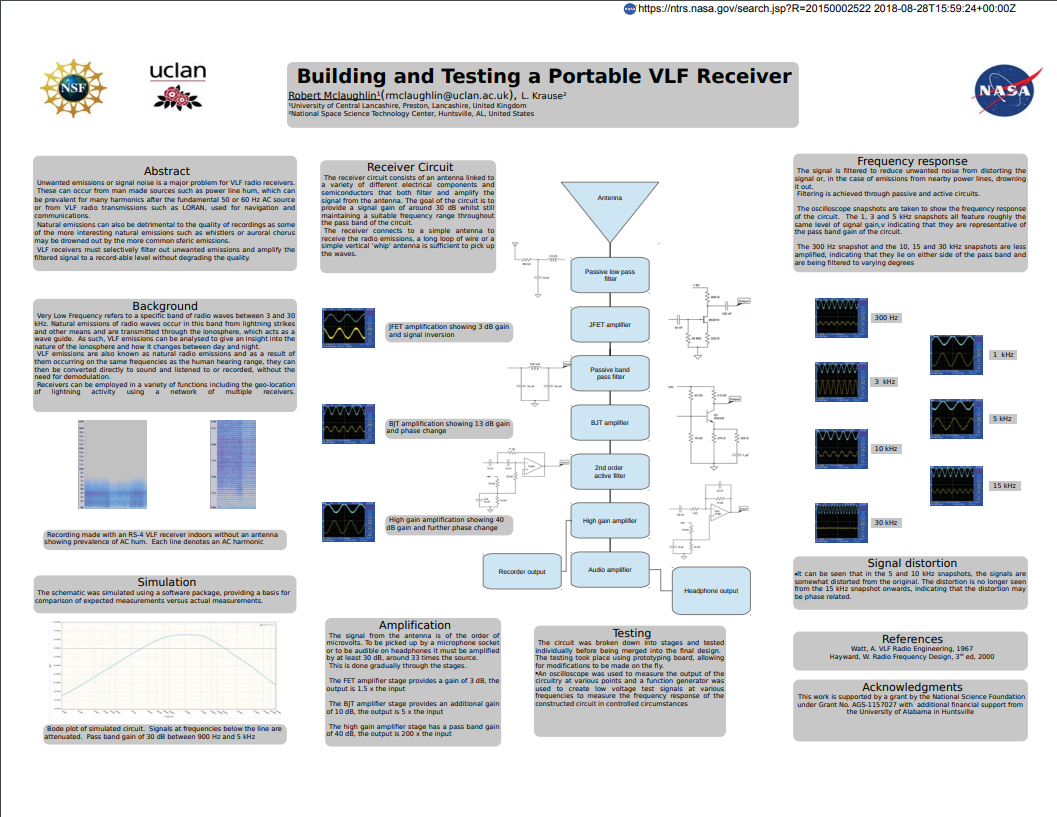
In periods of strong solar activity, the number of energetic particles can go through the roof, and stay there for years. Over time, these particles can degrade and destroy satellite electronics. When satellites are launched into space, they are immediately bombarded by a population of energetic charges particles that are trapped by the Earth’s magnetic field, called the Van Allen radiation belts. For instance, we can monitor ionospheric communication outages from gamma ray bursts from outer space.

ELF/VLF waves give us the only reliable and continuous means of monitoring the lower ionosphere, and thereby, inferring communications outages. Since the ionosphere (especially the lower part) is rapidly changing, especially at night. Read more about lightning geolocation with VLF.Īny signals going from a satellite to the ground (or vice versa) must pass through the ionosphere. The Stanford ELF/VLF group is a pioneer in developing lightning geolocation technology. However, because the radio signature (like a fingerprint) of a lightning strike can be detected around the world, receiving ELF/VLF waves allows us to determine the exact location of most lightning strokes on the whole planet, with just a small number of ELF/VLF receivers scattered around. Electric fields associated with lightning and quite difficult to measure, because this would involve putting instruments in the middle of a turbulent thundercloud, so we look at clever ways to remotely sense these fields. Lightning activity is also expected to go up a lot if global temperature continues to rise. Understanding the physics of lightning requires advanced simulations. Lightning causes $10B of damage every year (in the USA), kills hundreds worldwide, poses a danger to air traffic, and scares the heck out of you when you’re driving. Numerically modeling these waves is requires the most advanced techniques available. Complicating these studies, however, is the fact that the propagation of radio waves in complex media such as the plasma in the Earth’s lower ionosphere is one of the most fundamentally difficult ones in electromagnetism, violating nearly every convenient simplifying assumption like homogeneity, linearity, symmetry, and anisotropy. Measurements of properties of the D region are extremely difficult, since those altitudes are too high for balloons, yet too low for satellites, so this is a useful ability. ELF/VLF waves also penetrate into seawater, which has led to their use over the past several decades for communication with submerged submarines at long distances.įrom a scientific perspective, though, the reflectivity of the D region at these frequencies make ELF/VLF a unique tool for remote sensing of the D region, which responds to a variety of inputs like solar activity, lightning energy, electron precipitation from the radiation belts, cosmic gamma-rays, and earthquakes. These are called radio atmospherics, or sferics. For instance, if you set up a radio receiver just about anywhere on Earth, you can pick up short bits of radiation from lightning strikes literally halfway around the world.

Why are ELF/VLF Waves Useful for Engineers and Scientists?ĮLF/VLF waves are useful scientifically because they largely reflect at the D region of the Earth’s ionosphere (60-90 km altitude), and are thus efficiently guided in the Earth-ionosphere waveguide to global distances.


 0 kommentar(er)
0 kommentar(er)
